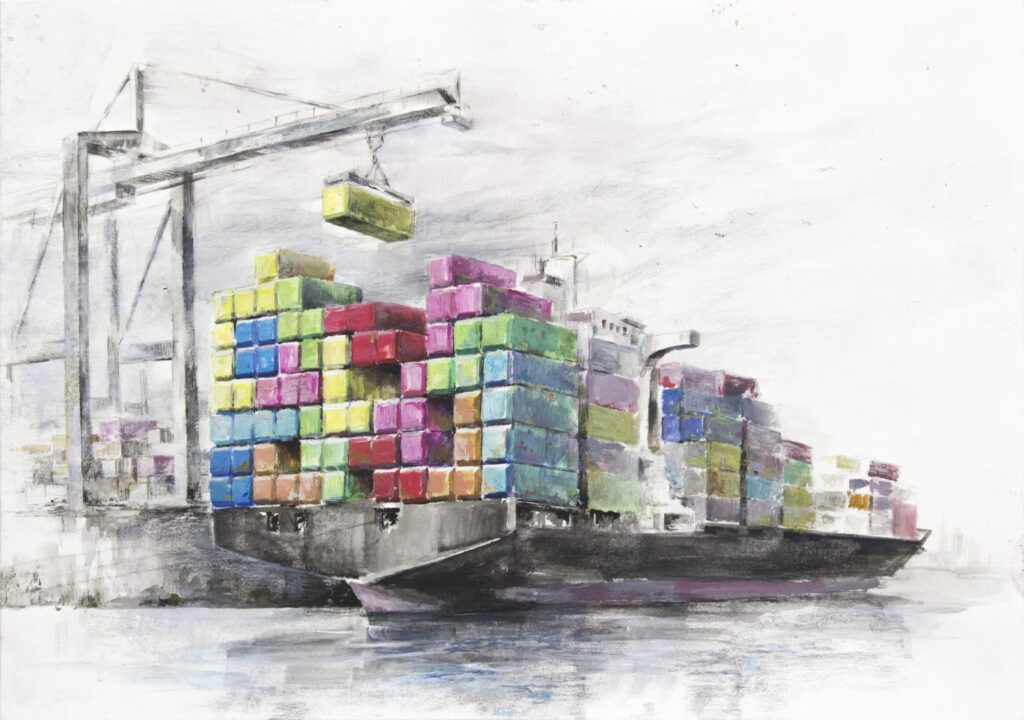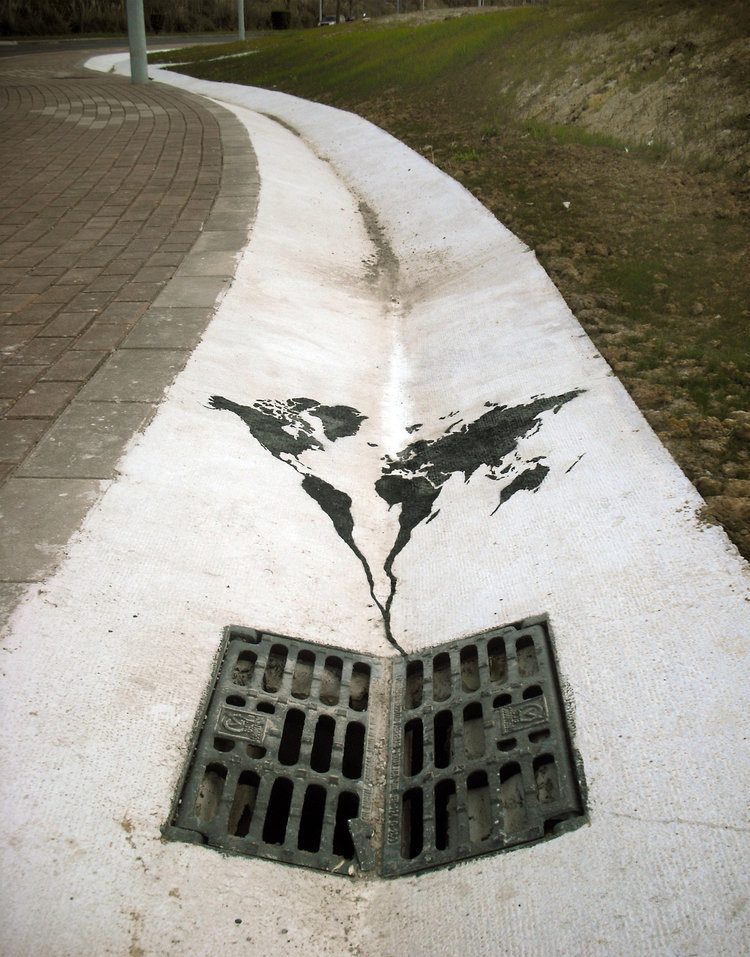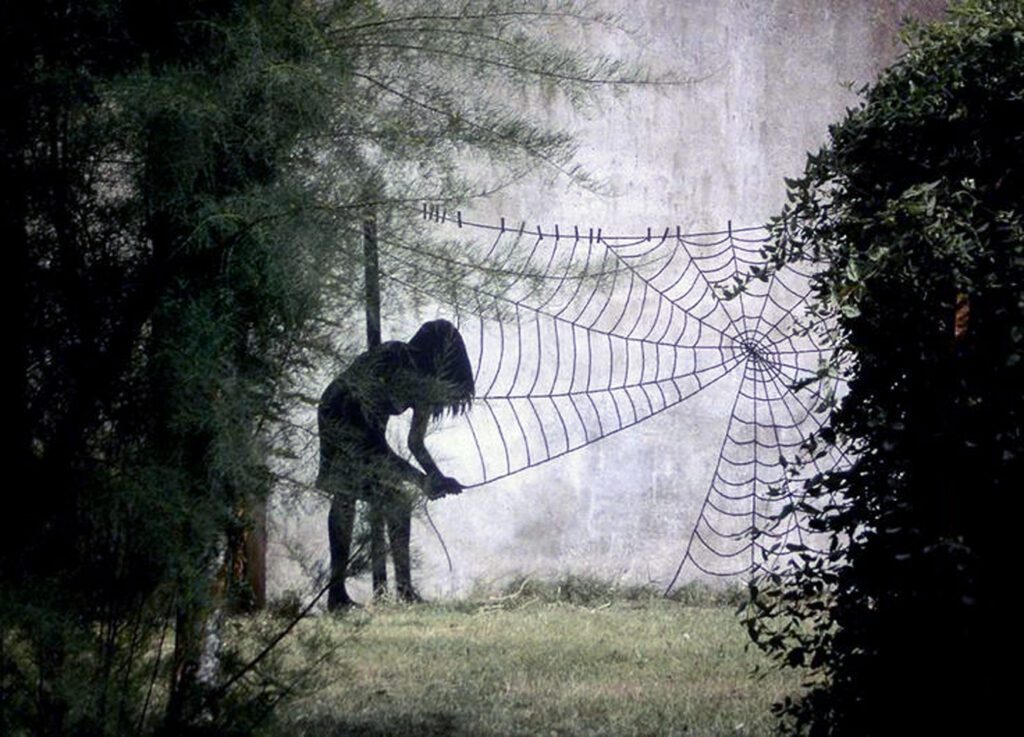Street art doesn’t have to be graffiti. Granted, if it’s done illegally, it is vandalism. But street art can be more than just spray painting a tag or bad word on the side of a building. It can be inspiring, intricate, and impressive. It could be like the work of Pejac.

Pejac, real name Silvestre Santiago, is a Spanish artist known for his minimalist style and tackling real-world issues. Born in 1977 in Santander, Cantabria, he went on to study the arts in Salamanca and Barcelona. He transferred to Accademia di Belle Arti di Milano in 2001, where he first began his street art career. Pejac had grown irritated by the elitism his professors displayed and decided he wanted to show art to the world, whether they could afford to go to a gallery or not.
Only recently did Pejac return to the world of street art, after a few years of silence. His works can be found in cities like Moscow and Paris, and some have been spotted in Istanbul. Primarily using black, his works use subtractive and minimalism to make his motivations clear. Pejac is especially fond of using “trompe l’oeil,” or “eye trap” in French. In other words, he tricks our eyes with optical illusions.
Some of these illusions (and allusions) are obvious. For a painting of the continents being sucked down into the sewers, he’s giving us the message that “the world is going down the drain.” Others are subtler and exist to solely trick the viewer, like a pair of open shutters painted around a small window. For an art festival in Norway, he recreated The Scream- as left behind by the wheels of a child’s toy car. (No doubt that would be the parents’ reaction to seeing that display.)

“Both melancholy and humor are the locomotive of my works,” Pejac told Spanish newspaper 20minutos. “They create a poetic language whose essence doesn’t rely on simple beauty, but the hidden side of everything.” Indeed, most of his works fall into either of the two categories. Some are heartbreaking, others make you laugh. But none of them illicit no reaction, and none of them are simply “pretty.”
Most interesting is when Pejac reworks existing masterpieces into his art, like the aforementioned The Scream. In an interview with Graffitistreet.com, he explained that he wouldn’t call them inspirations to his art, but they do influence him. “My inspiration comes from everywhere, what inspires me most are human beings, in their brightest and darkest moments and the relationships in the world we’re in. I would say that while not paying attention to anything, I am paying attention to everything, so everything is my inspiration.”
Last summer, Pejac presented his third self-produced showcase in Paris. Titled “Waterline,” it highlighted the beauty of ships and other seafaring vehicles inside of an old fishing boat. Some were even displayed inside the portholes. Two installations and performance pieces were included in the exhibition.
Silvestre Santiago is not a graffiti artist. He’s a traditional artist with the same skills and messages as the masters hanging in museums. With the ability to replicate existing paintings, he could easily find himself a permanent residence in some of the finest galleries. But he actively chooses not to pursue such a life. He’d rather be Pejac and bring art to everybody, regardless of status. Because art, above all else, is something that should be shared with the world.
Or if you’re one of the lucky few to buy his limited-run prints before they sell out. That’s the only exception.

Follow our World of Creation where “what if” becomes “what is.”







